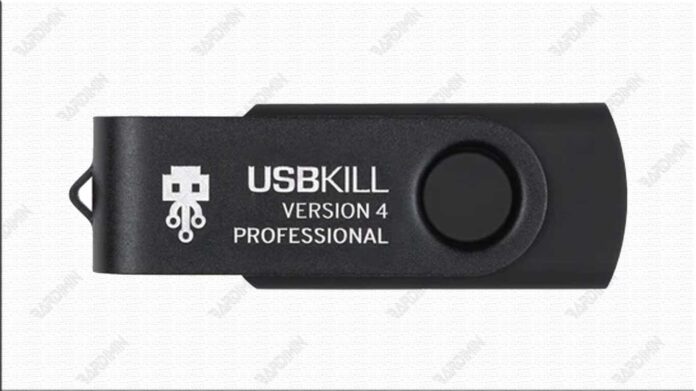In this all-connected digital era, device security is a top priority for every user. One threat that is often forgotten but has great potential damage is the USB Killer. It is designed to transmit damaging power surges through USB ports, which can permanently damage electronic devices in seconds.
Device security awareness not only protects our personal data and critical information but also maintains the integrity of the technological infrastructure we rely on every day. Therefore, we must understand what USB Killer is, how it works, and most importantly, how we can protect our devices from these destructive attacks.

What is a USB Killer?
USB Killer is a device designed to test the resistance of devices to voltage surges through USB ports. However, these devices are often misused to damage or destroy electronic devices. Its function is to send a sudden high-voltage electric current into the electronic circuit through the USB port, which can cause permanent damage to the device.
USB Killer first emerged as a concept in 2015 and quickly attracted attention as a security testing tool. Since then, various versions have been developed, with some models capable of dispensing voltages of up to 200 volts. The evolution of USB Killer continues along with the improvement of electronic device security.
USB Killer works by collecting power from the device’s USB port for a few seconds before discharging the voltage surge back to the USB port. This is done through a condenser circuit inside the USB Killer, which when fully charged, will discharge that high voltage. These surges are strong enough to damage electronic components that are not protected by an adequate voltage protection system.
Impact USB Killer
USB Killer has caused significant damage to various electronic devices. There have been various cases of damage caused by USB Killer attacks in various industries and environments. Examples of cases include damage to personal computers, corporate laptops, and IoT devices connected to the network. This incident shows how damaging this tool can be if used with malicious intent.
The security risks of USB Killer are real and varied, ranging from physical damage to devices to leaks of personal information. USB Killers can cause costly intrusion, threaten infrastructure, and expose personal information. This shows the importance of awareness and protection against this kind of threat.
Research from Dell and Forrester Research shows that nearly half of the companies surveyed have experienced a hardware-level attack in the previous 12 months, with nearly half being internal incidents and the result of user error or malicious internal attacks. These statistics emphasize the importance of protection against USB Killer attacks.
How USB Killer Can Access Your Device?
USB Killer is usually deployed as a regular-looking USB device. This allows attackers to easily insert it into the USB port of the target device without arousing suspicion. Some USB Killers also come with advanced attack modes such as remote control, time-specific attacks, and smartphone triggers, which expand the possibility of deployment.
Devices become vulnerable to USB Killer attacks when they do not have adequate protection against voltage surges. This includes the lack of surge-arresting diodes, filters, or circuit breakers that can prevent damage from intentional power surges. In addition, the increased use of USB in industrial facilities and lack of security awareness also contribute to this vulnerability.
One famous case study is the attack on the College of Saint Rose in New York, where a student used a USB Killer to damage 66 campus computers, demonstrating the potential for significant damage from this kind of attack. Another attack involved malware distributed via USB drives, which suggests that USB Killer isn’t the only threat coming through USB ports.

